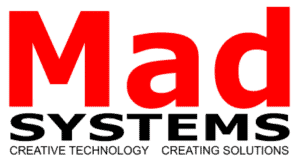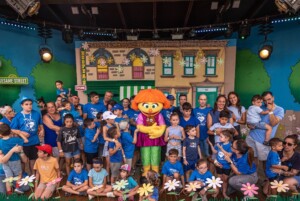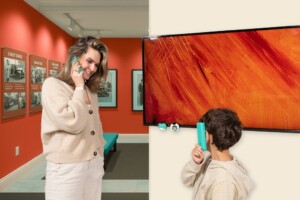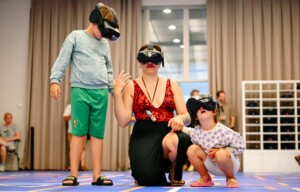Mad Systems Inc., the award-winning audiovisual and interactive system designer and integrator, is celebrating the sustainability credentials of its AV++® and QuickSilver® solutions. The company has been working to create the most sustainable solutions in the industry, with technology that reduces infrastructure, power and related costs.
Mad Systems’ technology is based on non-proprietary equipment, in the form of solid computer (IT) type solutions, and is unique in the industry. By limiting the number of different types of devices, and making sure that spares for all equipment will be available well into the future, the company has created a long-lasting AV solution.
Saving on infrastructure costs
The most recent iteration of QuickSilver means that projects rarely need control rooms. Therefore, the HVAC that is usually required for these rooms is also not necessary. The solution also gets rid of the need for miles of expensive cabling, as well as the resulting effort and costs from implementing this infrastructure. In addition, it uses lower power equipment, thus using less energy.
Because the company uses non-proprietary hardware for its QuickSilver systems, this allows for a very long life with minimal waste. It also uses world-class computer equipment, mostly Intel-based, with high life expectations. The systems also use a lot of common miniature computer equipment so that one spare can often take on multiple roles, meaning that spares quantities are reduced.
Reducing power consumption
The introduction of the LifeSaver option for Quicksilver also shows Mad Systems’ commitment to developing sustainable solutions.
LiveSaver is designed to reduce power consumption and increase equipment life, for instance by allowing for quiet parts of a museum to be turned down if there are no visitors in any given space (if visible to visitors) or turned off (if not visible to visitors). This also helps with sound bleed control, as audio can be turned off or turned down when no one is there.
Then, when equipment is turned back on, TrueCheck and the self-monitoring capabilities make sure that the equipment is functional. The company can also include gallery lighting as part of these power-saving measures through its lighting control facilities which are built into the system.
Because QuickSilver uses wirelessly controllable power devices, daily power management is made even easier. Equipment such as projectors and computers are turned off and the power is removed. Plus, control of other devices such as lighting built into setwork by the fabricator can also easily be incorporated within the QuickSilver system, in order to minimize power consumption and reduce the AV, lighting and associated carbon footprint.
Self-checking and self-reporting
Almost any type of smart device including iPhone, iPad, Android phones, Microsoft Surface and other Microsoft based devices, and Amazon Fire tablets can be used to control QuickSilver. With different control pages for different staff members, docents have one set of pages, and maintenance or operations staff can have completely different control features.
The company’s systems are implemented as wireless solutions although a wired solution is also an option, and it can integrate any AV component on that basis. So, in the wireless implementations there are no galvanic connections between exhibitions, or between exhibitions and the central control computer. This results in a system that does not require considerations with respect to power phasing, making the electrical contractors work simpler too.
Mad Systems’ latest innovations are self-checking and self-reporting so that when there are impending failures, it can often know about them before they happen. This is because it tracks data like processor temperatures, which can be an indication of impending trouble, such as if a fan is blocked and airflow is inadequate. The system will automatically notify the company as well as relevant museum staff when issues are detected, and often these can be solved remotely.
This self-reporting self-monitoring option is implemented as part of the system. Therefore, there are no subscriptions, maintenance contracts or other costs once the system is installed.
Accessibility
These features mean that making early decisions with regards to infrastructure is straightforward. And, since the infrastructure requirements for QuickSilver are minimal, changes to exhibits are easier to manage, for a flexible approach going forward.
Mad Systems has also been working on QuickSilver’s ADA capabilities, in order to extend them well beyond the minimal requirement. Features include the Caterpillar guide system for the blind, the Dormouse audio tour guide system, and a current development to integrate electronic braille readers within exhibits.
It also has the capability to personalize exhibits to provide temporary volume increases, changes to high contrast, or interactives that change locations for control.
Last month, Mad Systems was awarded another US Patent, which covers further details relating to the personalization of media delivery and interactive exhibits based on recognition systems.
















